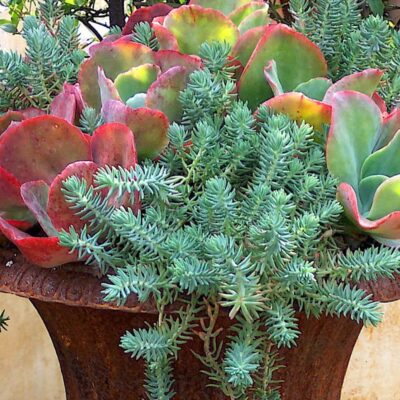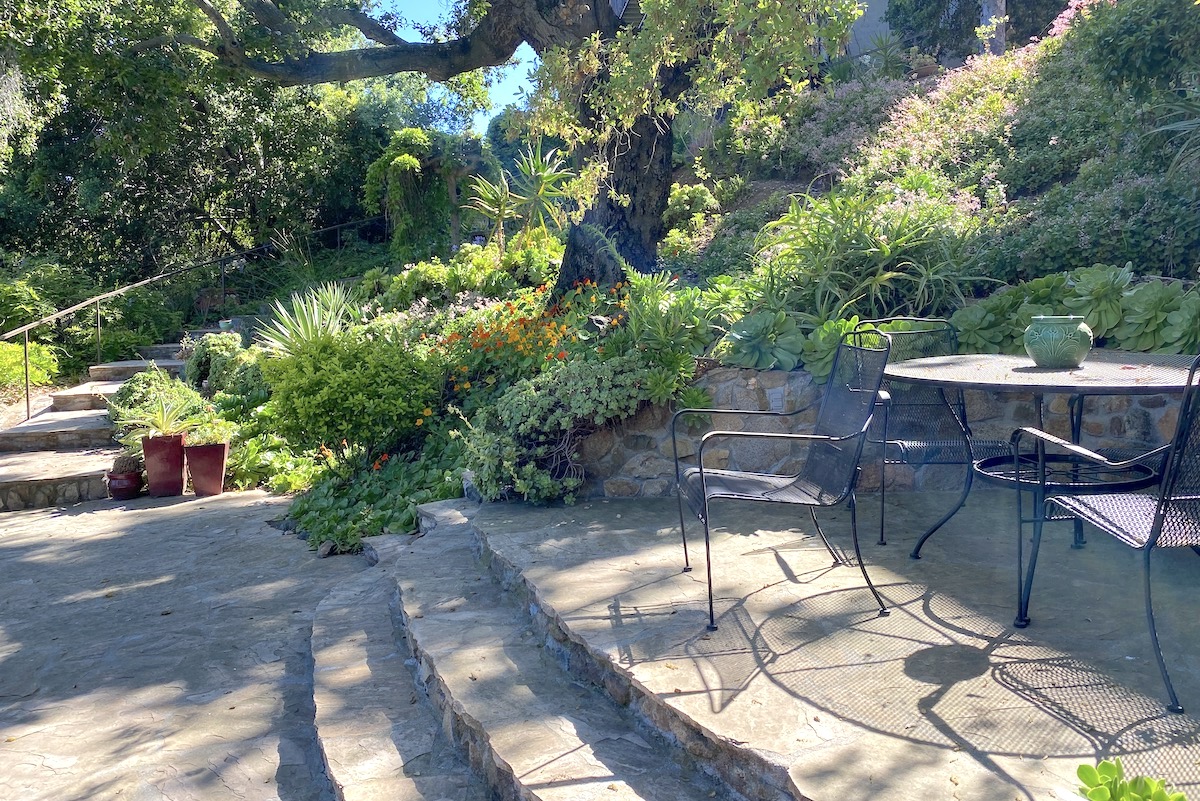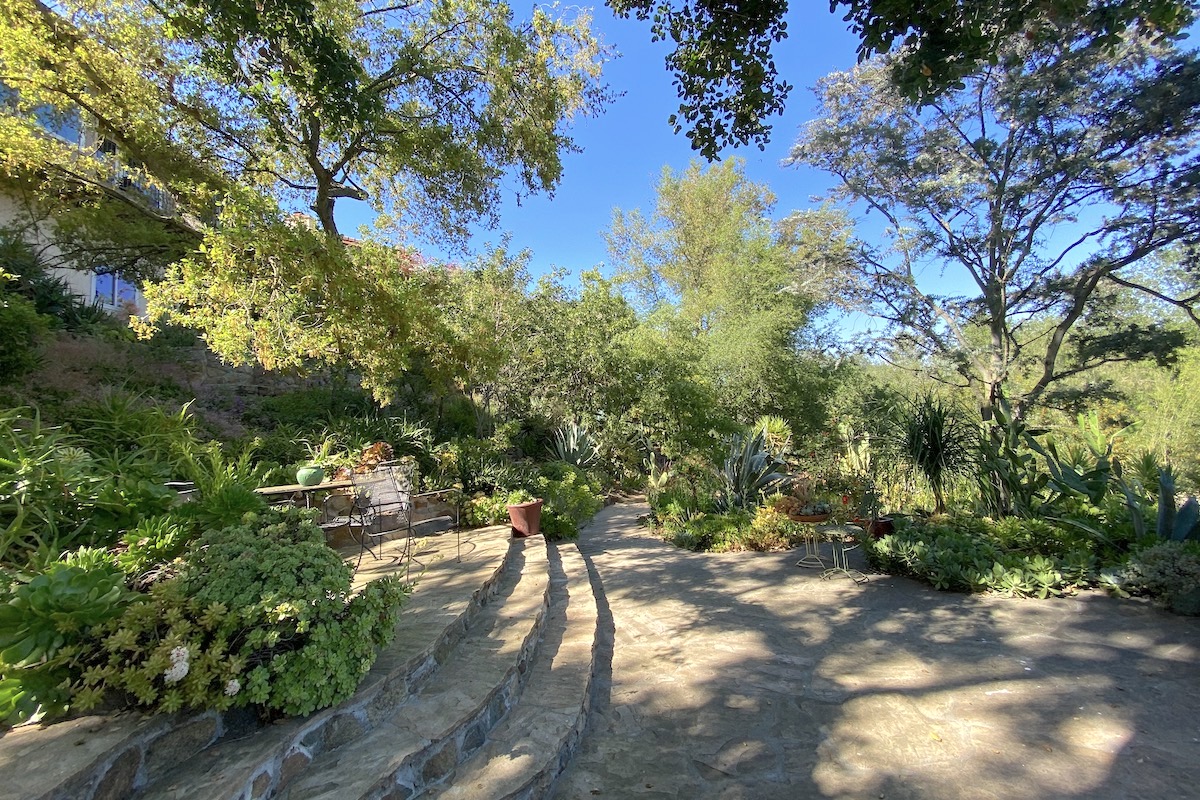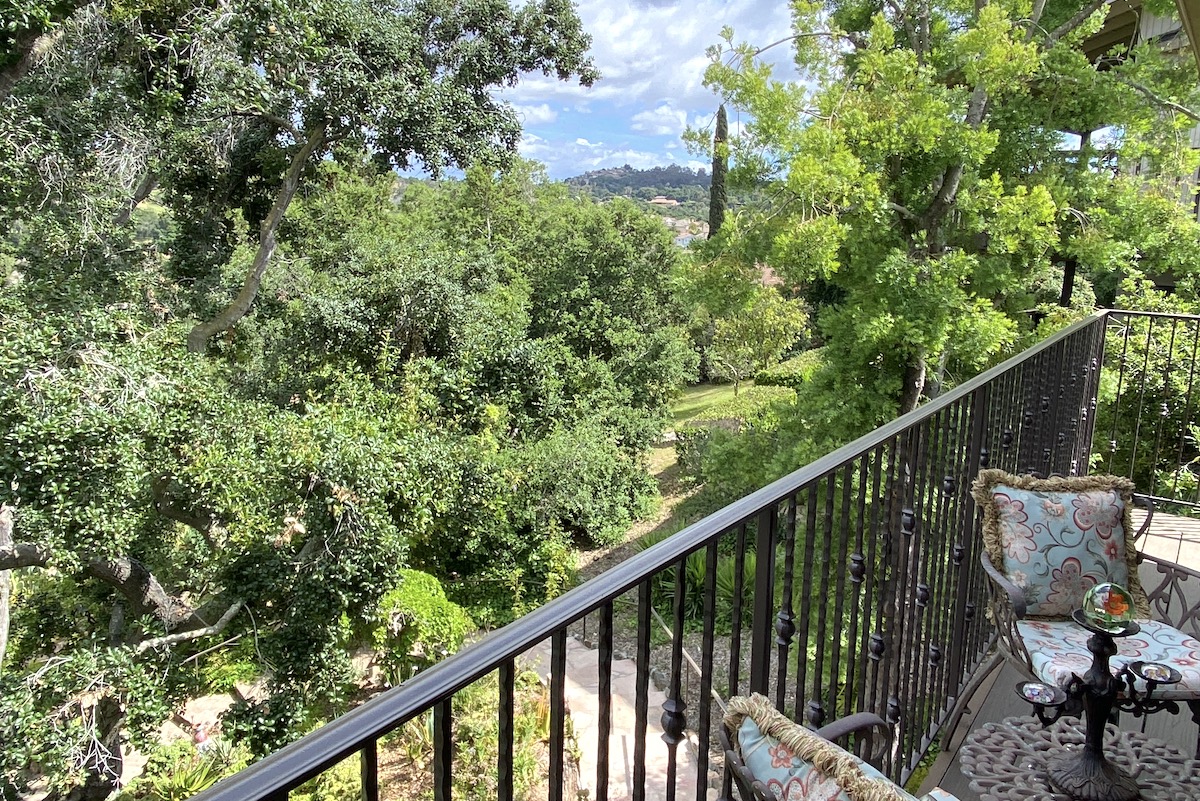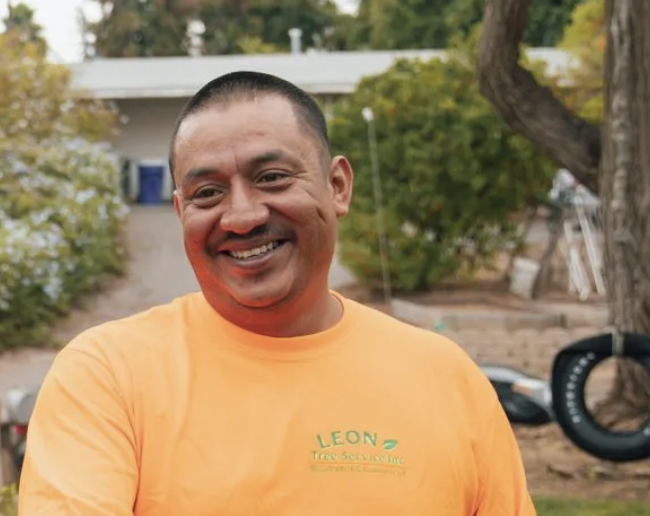You know you've created an effective plant-pot pairing if every time you look at it, it delights you. Ideally, it exceeds the sum of its parts. But how to make that happen? You're about to find out: In my new video you'll learn basic design principles that people find pleasing, and that professional designers use routinely.
I learned to identify and describe these early in my career as a garden writer on assignment for Sunset and Better Homes & Gardens publications. In published articles and later in my books on succulents, I explained what made certain gardens or plant combos "work," and how readers could achieve something similar.
If you don’t have much space (who does?), pairing succulents with art pots is a great way to display both, lend sophistication to outdoor living spaces, and eliminate clutter. Succulent plant-pot pairing---an art form in itself---is the topic of my latest video.
Key design factors
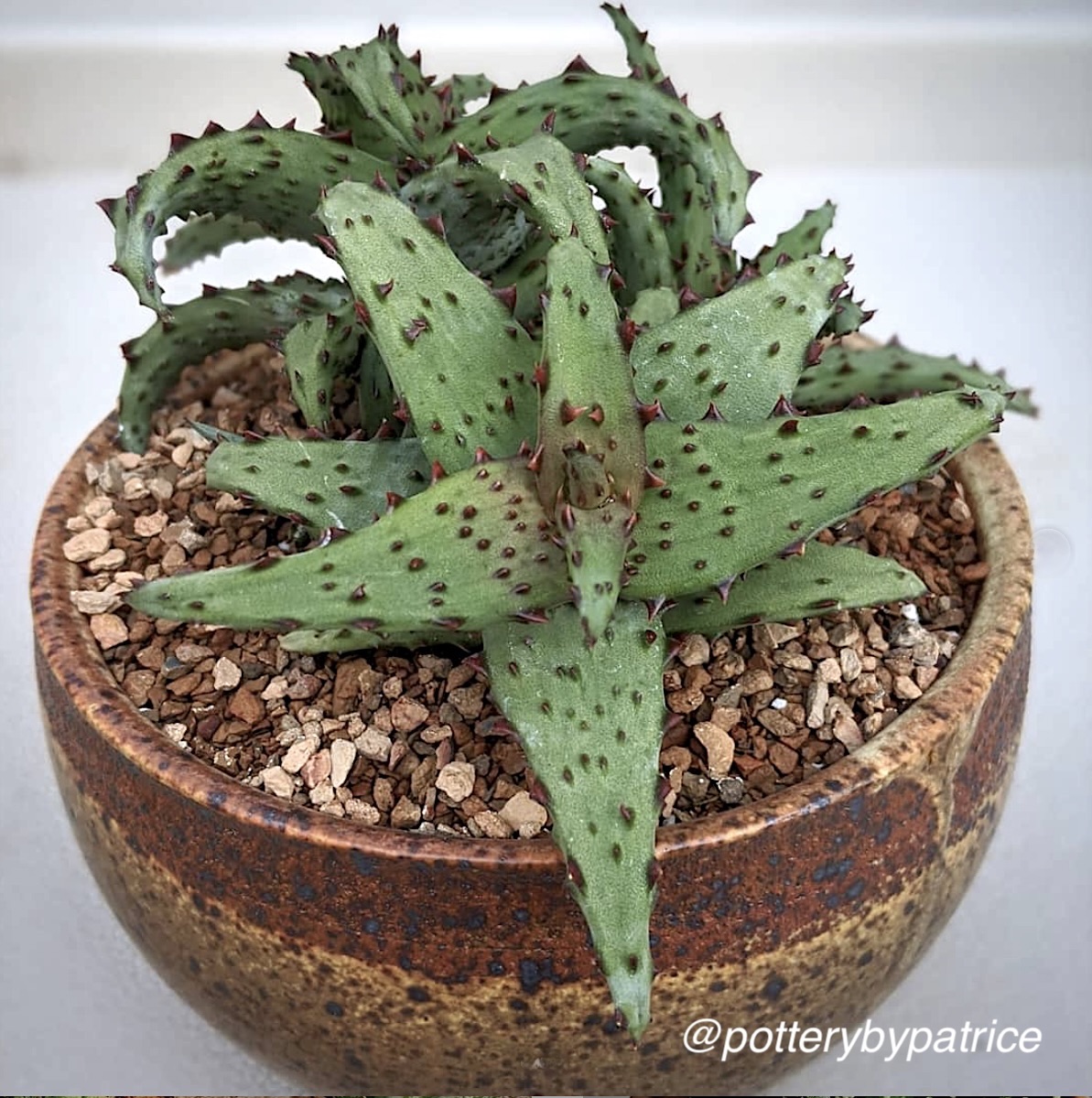
This pairing does everything right: Green leaves of Aloe castilloniae contrast with rust-red in the glaze (the complementary color). Reddish-brown dashes on leaves contrast texturally with the pot's smooth surface while repeating its speckles (as does the crushed rock topdressing). As for scale and proportion, the plant is the perfect size for the pot.
Plant Pairing at Oasis
Orange County ceramic artist and horticulturist Pat Roach and I met several years ago as a result of our mutual interest in succulents and our enjoyment in pairing them with one-of-a-kind, artist-designed pots.

Pat Roach @potterybypatrice evaluates golden sedum for a golden-tan pot she made.
Helpful Links
- See my Succulent Container Gardens YouTube playlist.
- Find dozens of ideas on this site's Container Gardens page.
- Shop online for succulents in the video and more: Mountain Crest Gardens and Altman Plants.
- Be sure to watch my earlier video: Pick the Perfect Succulent for Your Pot. Includes potting how-to.
- Follow ceramic artist Pat Roach on Instagram @potterybypatrice.
- Learn about topdressings here on my site.
- Watch my video: How to Select Topdressings for Succulent Art Pots, with Jeanne Meadow.
- Hire a personal shopper for succulents (filmed at Oasis).
- Find collectible art pots and succulents at upcoming Cactus & Succulent Society Shows.
Succulent Container Design
Succulent Container Design Design ideas and must-dos for beautiful, easy-care potted succulents Here you’ll find info on succulent container design in articles and videos. Scroll down to see what interests you and best meets your needs. Click to see my gallery of 150+ floral-style arrangements! Succulent Container Gardens, How-To Welcome to the most comprehensive info…
The post How to Pick Succulents for Special Pots appeared first on Debra Lee Baldwin. Copyright © Debra Lee Baldwin.
from Debra Lee Baldwin https://ift.tt/WhQN1Oz
via IFTTT

